Unleash Your Inner Alchemist: Crafting Your Own Natural Toothpaste and Shampoo
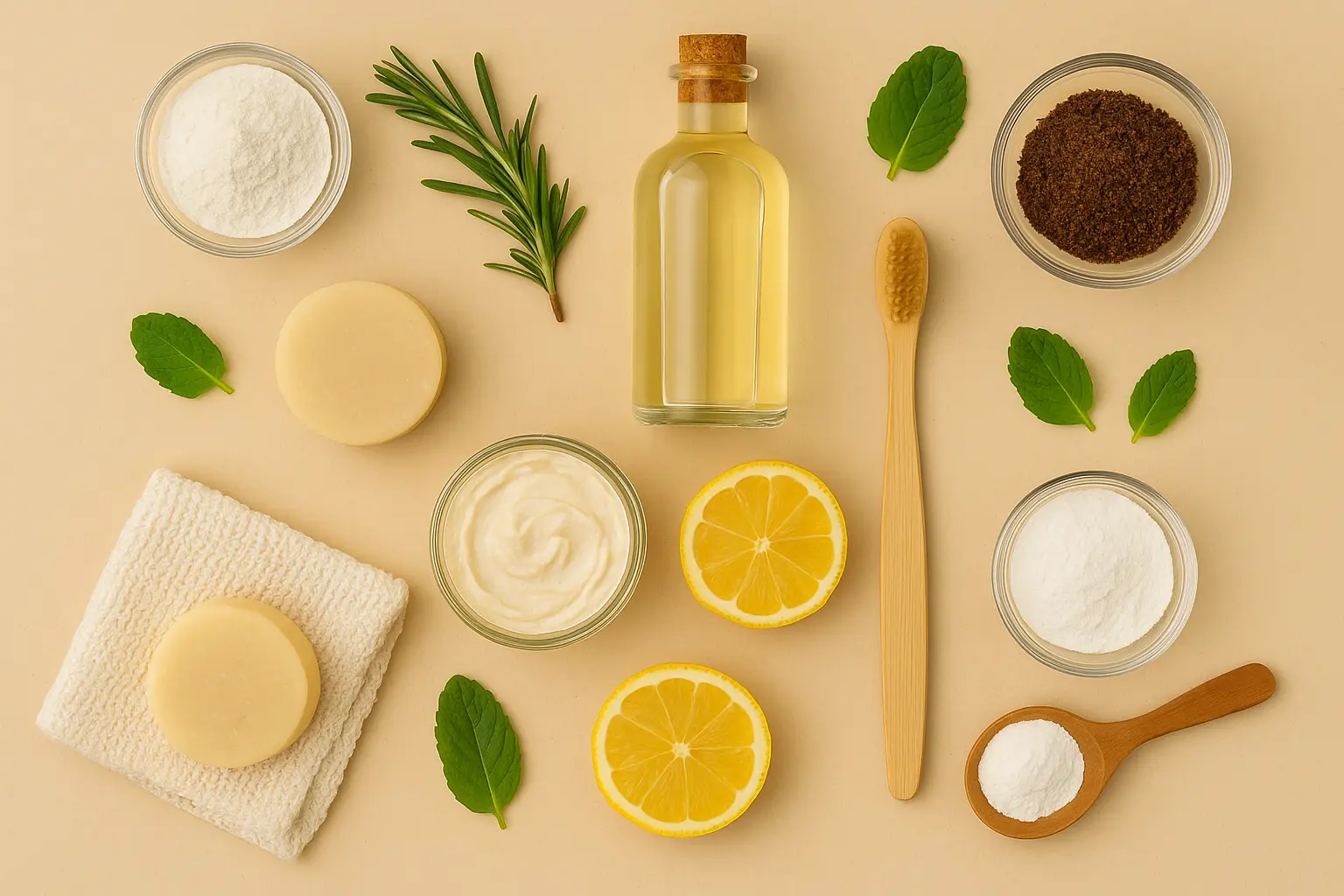
In a world brimming with commercially produced personal care items, there's a growing movement towards taking control of what we put on and in our bodies. DIYing your own natural toothpaste and shampoo isn't just a cost-effective way to reduce plastic waste and avoid potentially harsh chemicals; it's also a deeply empowering and surprisingly simple process. By understanding the fundamental ingredients and their properties, you can customize these everyday essentials to suit your specific needs and preferences, all while treading more lightly on the planet.
This exploration will provide you with practical advice and actionable tips for crafting your own effective and natural toothpaste and shampoo at home. We will delve into the key ingredients, their benefits, and step-by-step instructions to guide you on this rewarding journey. Our objective is to educate, encourage, and inspire you to embrace the art of DIY personal care, unlocking a world of natural goodness and sustainable practices right in your own kitchen.
Part 1: Concocting Your Own Natural Toothpaste
Commercial toothpaste often contains ingredients like fluoride, artificial sweeteners, and harsh abrasives. While fluoride is a key ingredient for preventing cavities, some individuals prefer fluoride-free options or simply enjoy the control over their ingredients. DIY natural toothpaste allows for customization and avoids unnecessary additives.
Understanding the Essentials
- Base: Provides bulk and texture. Common options include:
- Baking Soda (Sodium Bicarbonate): A mild abrasive that helps to clean teeth and neutralize acids. Use sparingly as it can be too abrasive for some and may interfere with taste perception initially.
- Coconut Oil: Possesses antibacterial and antifungal properties and provides a smooth texture.
- Kaolin Clay: A gentle abrasive that helps to polish teeth and can also help to remineralize enamel.
- Flavor and Freshness: Enhances taste and provides breath-freshening properties.
- Peppermint Essential Oil: A classic breath freshener with mild antibacterial properties.
- Spearmint Essential Oil: A milder alternative to peppermint.
- Cinnamon Essential Oil: Offers a warm flavor and has antibacterial properties. Use sparingly as it can be irritating in high concentrations.
- Xylitol: A natural sweetener that can also help to prevent cavities by inhibiting bacterial growth.
- Optional Additives: For specific benefits.
- Myrrh Tincture: Known for its antiseptic and anti-inflammatory properties, beneficial for gum health. Use in very small amounts.
- Activated Charcoal (Food Grade): Can help to whiten teeth by absorbing surface stains. Use sparingly as it can be abrasive and may stain some toothbrush bristles.
Basic DIY Natural Toothpaste Recipes
Recipe 1: Simple Baking Soda Paste
- Ingredients:
- 1 tablespoon baking soda
- A few drops of your preferred essential oil (peppermint, spearmint)
- Enough filtered water to form a smooth paste
- Instructions:
- In a small bowl, combine the baking soda and essential oil.
- Gradually add filtered water, mixing until a smooth, spreadable paste forms.
- Store in a small glass jar with a lid.
- How to Use: Apply a small amount to your toothbrush and brush as usual.
Recipe 2: Coconut Oil and Baking Soda Blend
- Ingredients:
- 2 tablespoons coconut oil (solid or slightly softened)
- 1 tablespoon baking soda
- 5-10 drops of your preferred essential oil
- Optional: 1/4 teaspoon xylitol
- Instructions:
- In a small bowl, combine the coconut oil and baking soda.
- Add the essential oil and xylitol (if using) and mix thoroughly until well combined.
- Store in a small glass jar with a lid. This paste may solidify if your coconut oil is solid; simply warm slightly or scoop out a small amount.
- How to Use: Apply a small amount to your toothbrush and brush as usual.
Recipe 3: Clay-Based Toothpaste
- Ingredients:
- 2 tablespoons kaolin clay
- 1 tablespoon coconut oil (melted)
- 5-10 drops of your preferred essential oil
- Enough filtered water to form a smooth paste
- Optional: 1/4 teaspoon xylitol
- Instructions:
- In a non-metallic bowl, combine the kaolin clay and melted coconut oil.
- Add the essential oil and xylitol (if using).
- Gradually add filtered water, mixing until a smooth, spreadable paste forms. Avoid using metal utensils when working with clay.
- Store in a small glass jar with a lid.
- How to Use: Apply a small amount to your toothbrush and brush as usual.
Important Considerations for DIY Toothpaste
- Fluoride: These recipes are fluoride-free. If fluoride is important to your dental health, consult with your dentist about fluoride alternatives or prescription fluoride toothpaste.
- Abrasiveness: Be mindful of the abrasiveness of baking soda. If you have sensitive teeth or gums, use it sparingly or opt for clay-based recipes.
- Storage: Store your DIY toothpaste in a clean, airtight glass jar. Use a clean spoon or your toothbrush to scoop out the paste to avoid contamination.
- Shelf Life: DIY toothpaste generally has a shorter shelf life than commercial toothpaste (around 1-2 weeks). Make small batches to ensure freshness.
- Listen to Your Body: If you experience any irritation or sensitivity, discontinue use.
Part 2: Brewing Your Own Natural Shampoo
Commercial shampoos often contain harsh sulfates, silicones, and synthetic fragrances that can strip the hair of its natural oils and potentially irritate the scalp. DIY natural shampoo offers a gentler approach using plant-based ingredients.
Understanding the Essentials
- Cleanser: Gently removes dirt and oil.
- Castile Soap (Liquid): A mild, vegetable-based soap that effectively cleanses. Choose an unscented variety to customize with essential oils.
- Soap Nuts (Reetha): Natural berries that contain saponins, which create a mild lather. Require brewing into a liquid.
- Hydration and Conditioning: Helps to moisturize and detangle hair.
- Aloe Vera Gel: Hydrating and soothing for the scalp.
- Vegetable Glycerin: A humectant that attracts and retains moisture.
- Herbal Infusions (e.g., Chamomile for soothing, Rosemary for stimulating): Provide mild conditioning and scalp benefits.
- Essential Oils: Add fragrance and can offer specific hair and scalp benefits.
- Lavender Essential Oil: Soothing and promotes hair growth.
- Rosemary Essential Oil: Stimulates circulation and can help with hair loss.
- Tea Tree Essential Oil: Antifungal and antibacterial, beneficial for dandruff.
- Lemon Essential Oil: Cleansing and adds shine (avoid excessive sun exposure after use).
Basic DIY Natural Shampoo Recipes
Recipe 1: Simple Castile Soap Shampoo
- Ingredients:
- 1/2 cup liquid Castile soap (unscented)
- 1/2 cup filtered water (adjust for desired consistency)
- 1 tablespoon aloe vera gel (optional, for added hydration)
- 10-15 drops of your preferred essential oil
- Instructions:
- In a clean bottle (preferably glass or a repurposed plastic bottle), combine the Castile soap and filtered water.
- Add the aloe vera gel (if using) and essential oil.
- Gently shake to combine.
- How to Use: Wet hair thoroughly. Pour a small amount of shampoo onto your scalp and massage gently. Rinse thoroughly. You may need an apple cider vinegar rinse (see below) to balance the pH and remove any residue, especially if you have hard water.
Recipe 2: Soap Nut Shampoo
- Ingredients:
- 6-8 soap nuts
- 2 cups filtered water
- Optional: A few drops of your preferred essential oil
- Instructions:
- Place the soap nuts in a small saucepan with the filtered water.
- Bring to a boil, then reduce heat and simmer for 15-20 minutes, or until the water becomes sudsy and dark.
- Strain the liquid through a fine-mesh sieve or cheesecloth, pressing on the soap nuts to extract as much liquid as possible.
- Allow to cool. Add essential oil (if using).
- Store in a clean bottle in the refrigerator for up to a week.
- How to Use: Pour the soap nut liquid onto wet hair and massage into the scalp. It will produce a mild lather. Rinse thoroughly.
DIY Natural Shampoo Rinse (Essential for Castile Soap)
Apple Cider Vinegar Rinse: Helps to restore the scalp's pH balance and remove soap residue, leaving hair softer and shinier.
- Ingredients:
- 1-2 tablespoons apple cider vinegar
- 1 cup filtered water
- Instructions:
- After shampooing and rinsing, pour the apple cider vinegar rinse over your hair, focusing on the scalp and ends.
- Let it sit for a few minutes.
- Rinse thoroughly with cool water. The vinegar smell will dissipate as your hair dries.
Important Considerations for DIY Shampoo
- Transition Period: Your hair may need time to adjust to natural shampoo, especially if you've been using conventional products with silicones. You might experience a period of oiliness or dryness initially. Be patient!
- Water Hardness: Hard water can react with Castile soap, leaving a residue. An apple cider vinegar rinse is often essential in hard water areas.
- Storage: Store Castile soap shampoo at room temperature. Soap nut shampoo should be stored in the refrigerator.
- Shelf Life: DIY shampoo generally has a shorter shelf life than commercial shampoo (Castile soap: 1-2 weeks, Soap nut: up to 1 week refrigerated). Make small batches.
- Hair Type: Experiment with different essential oils and additives to find what works best for your hair type (e.g., rosemary for oily hair, lavender for dry hair).
Embarking on the journey of DIYing your own natural toothpaste and shampoo is a tangible step towards a more sustainable and health-conscious lifestyle. It's an opportunity to connect with the ingredients you're using, reduce your reliance on plastic packaging and potentially harmful chemicals, and customize your personal care routine to your unique needs. While there might be a learning curve involved in finding the perfect recipes for you, the rewards of knowing exactly what you're putting on your body and minimizing your environmental impact are well worth the effort. Unleash your inner alchemist and discover the simple joy of creating your own natural essentials.
Related Blogs
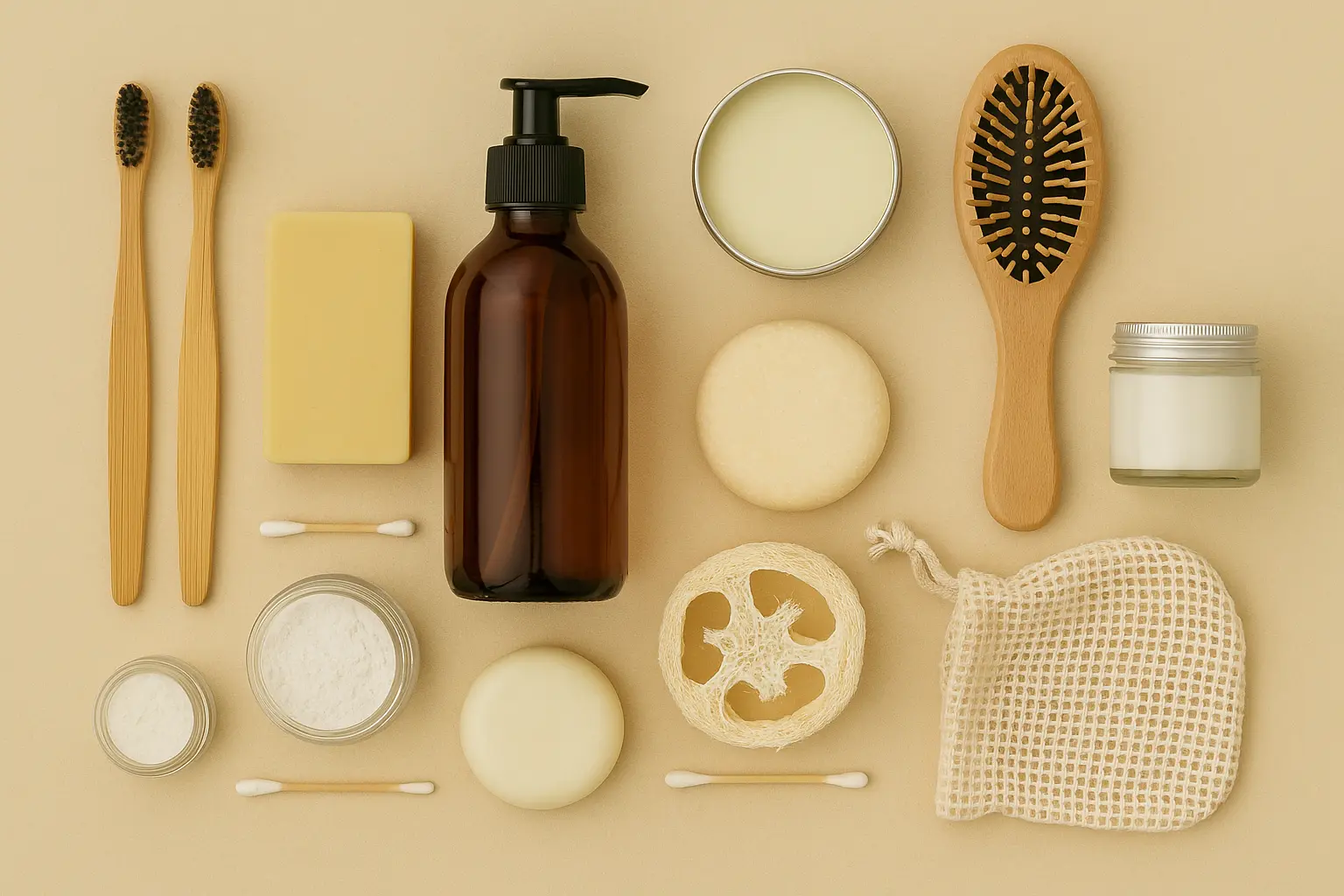
Stepping Lightly into Self-Care: Your Expansive Guide to the Best Zero-Waste Personal Care Swaps for Beginners
Insights on best zero-waste personal care swaps for beginners in a sustainable way.
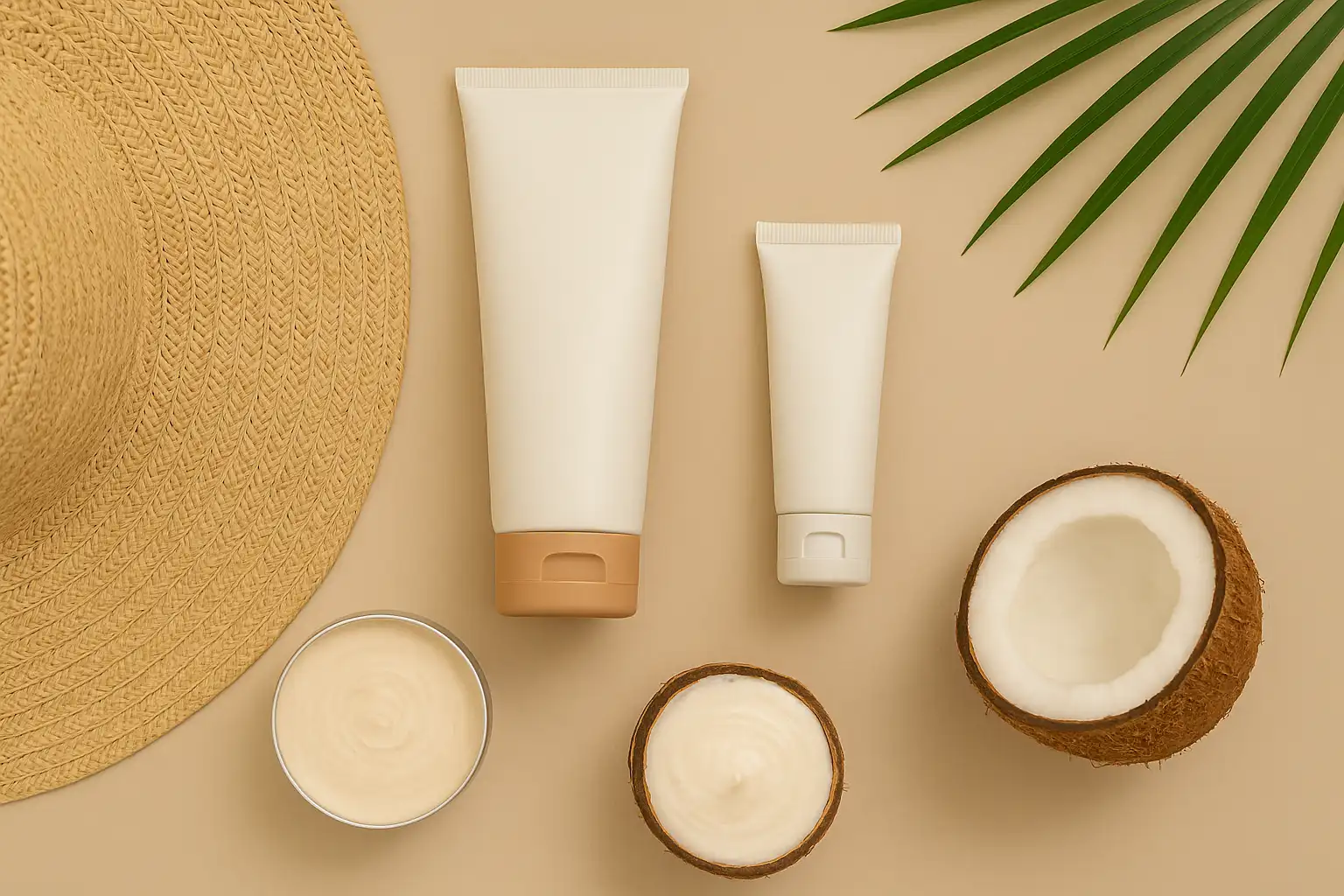
Shielding Your Skin, Protecting Our Oceans: The Essential Guide to Clean, Reef-Safe Sunscreens
Insights on clean sunscreens that don’t harm coral reefs in a sustainable way.
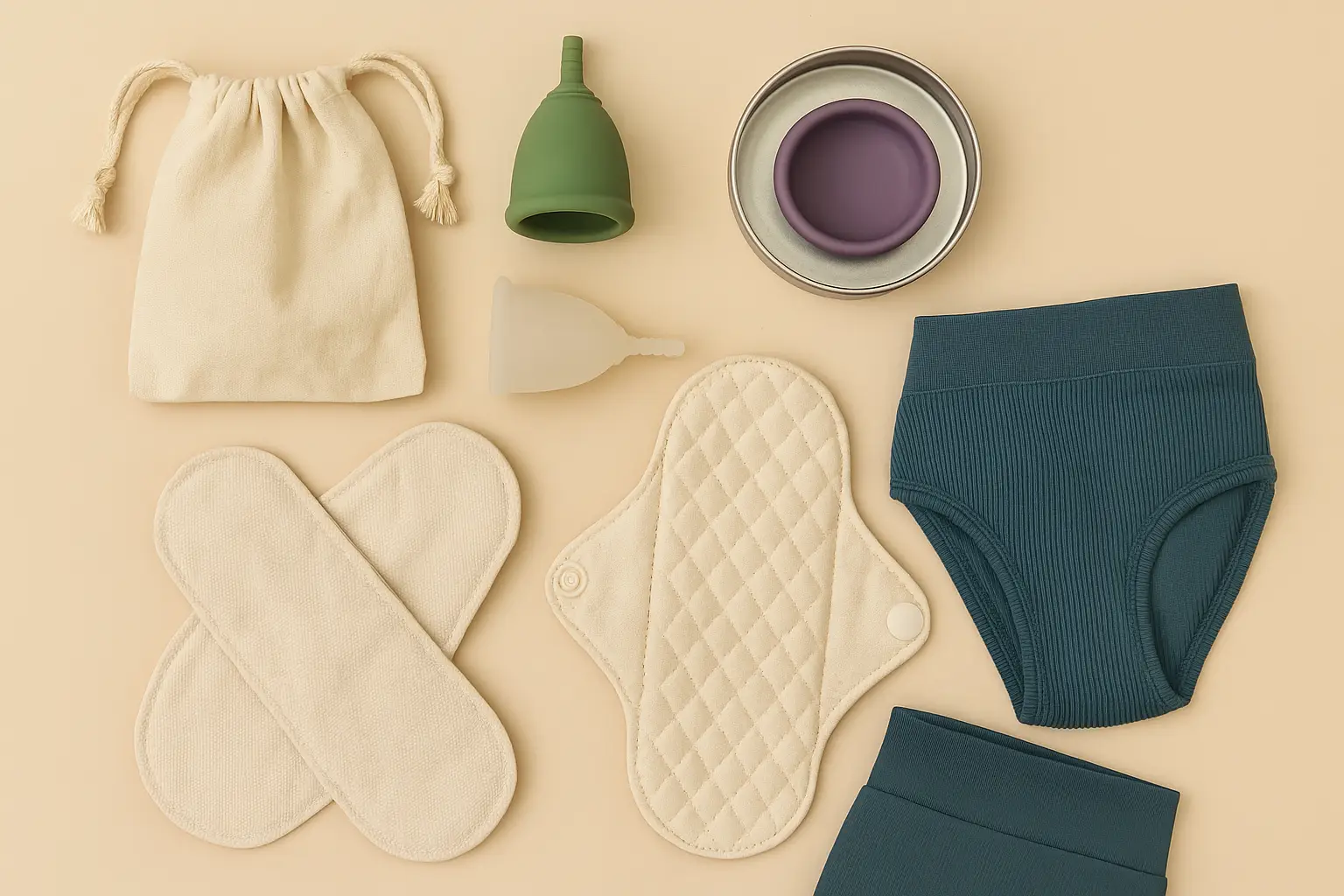
A Guide to Eco-Conscious Period Products
Insights on eco-conscious period products in a sustainable way.
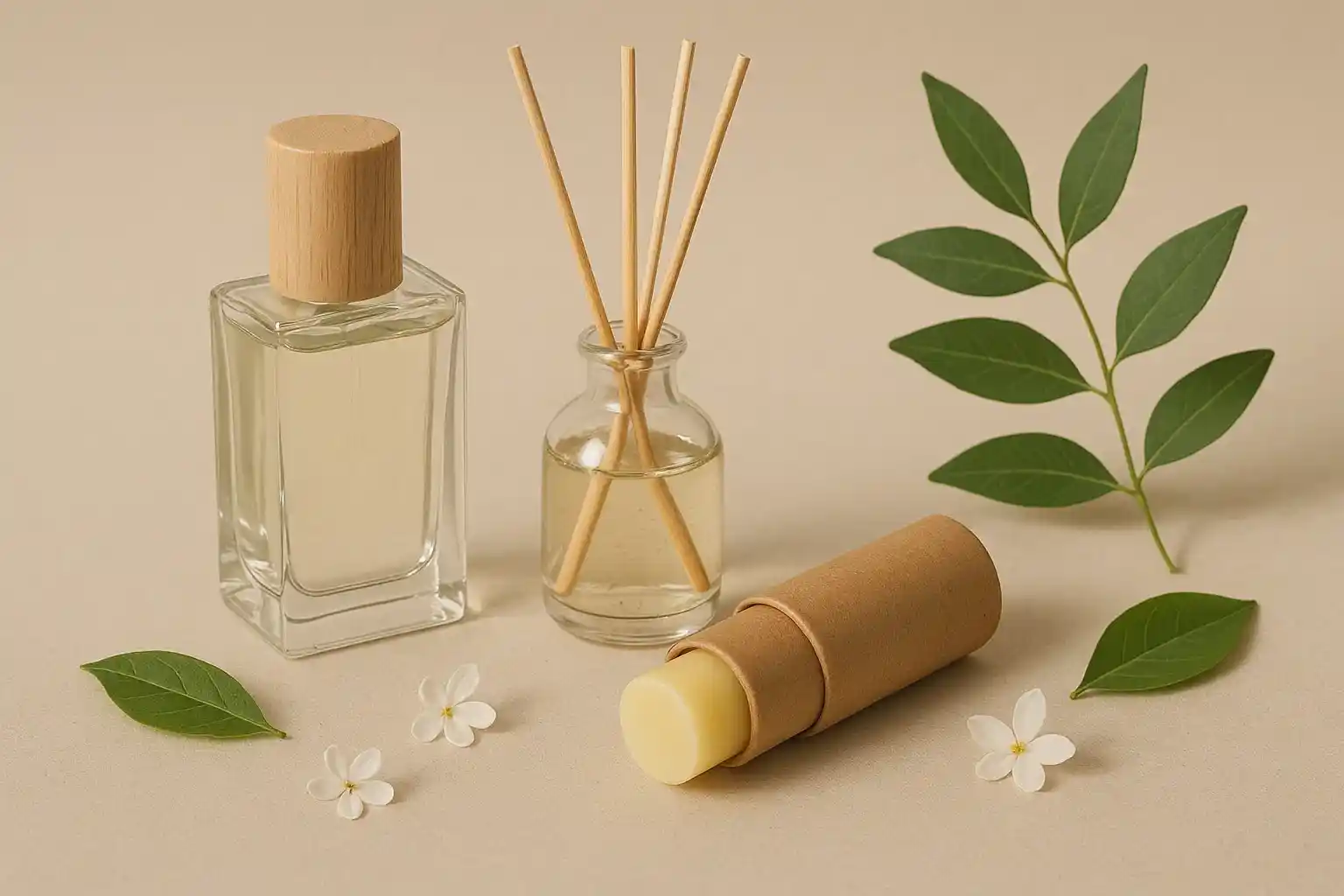
Scenting Sustainably: Choosing Eco-Friendly Alternatives to Perfume in Plastic Atomizers
Opt for solid perfumes, refillable glass bottles, or essential oil blends for fragrance without microplastics.
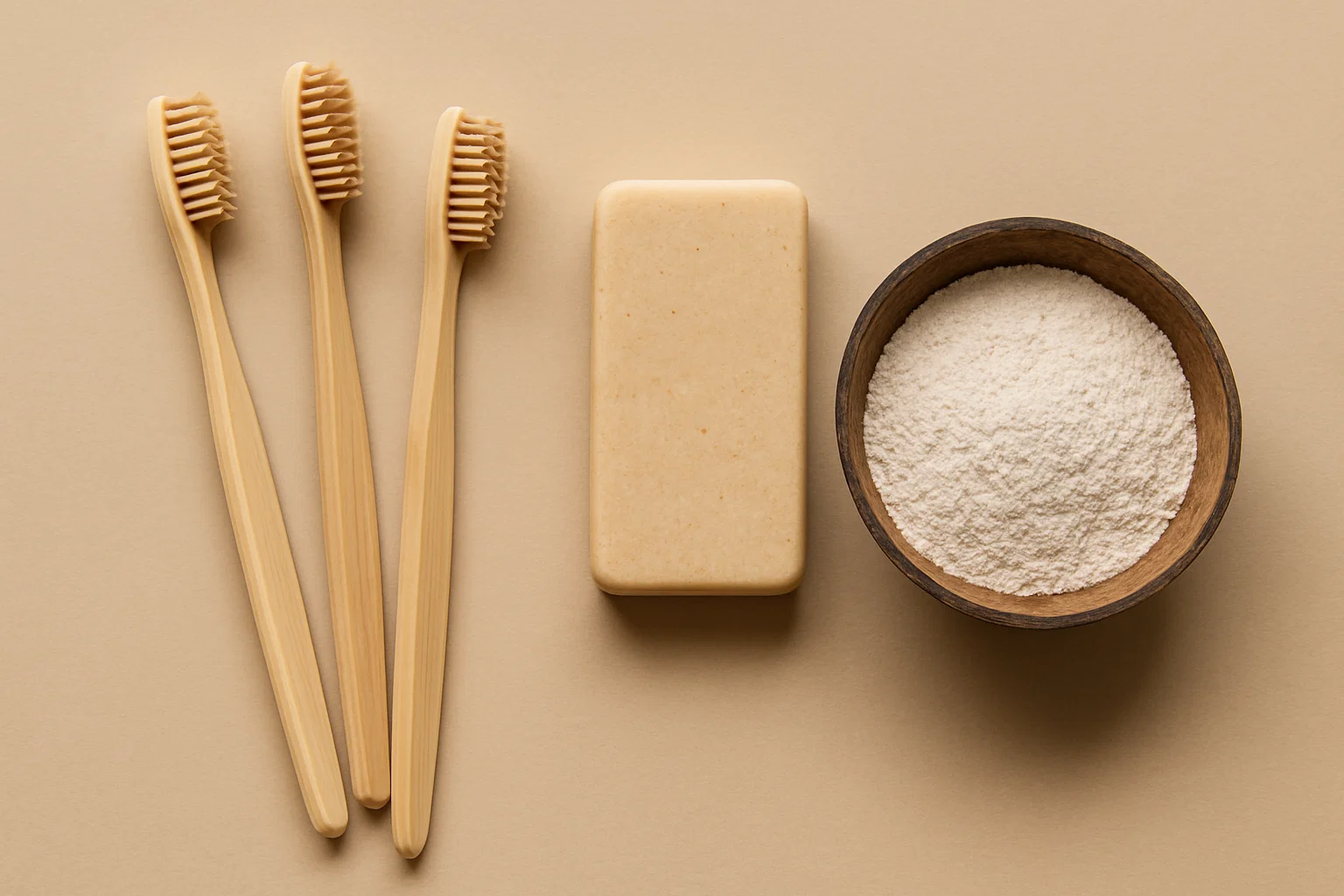
Smile Sustainably: Your Guide to Eco-Friendly Alternatives to Plastic Toothbrushes
Choose bamboo toothbrushes, recyclable heads, or miswak sticks for plastic-free dental care.

Uncomplicating Your Glow: Your Guide to Building a Minimalist Skincare Routine
Practical advice and actionable tips for how to build a minimalist skincare routine.
Stay in the Loop
Get tips and insights tailored to your interests — no spam, just sustainability.